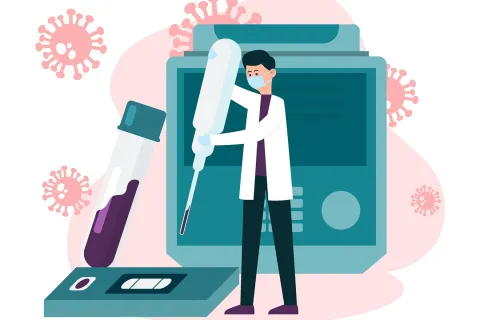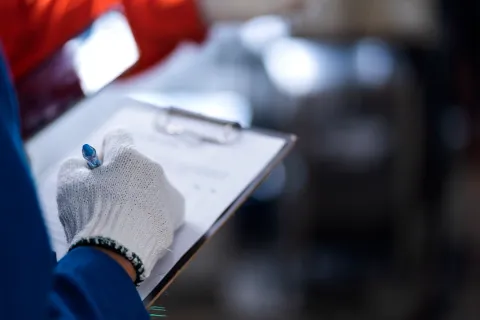In the competitive landscape of life sciences, packaging artwork plays a crucial role in product success. It not only guarantees adherence to regulations but also conveys important information to patients and healthcare providers. On the other hand, poor packaging design can have expensive repercussions. Here are five common packaging artwork errors that you should never make, along with tips on how to fix them.
Ignoring Regulatory Requirements
One of the costliest mistakes in packaging artwork is failing to comply with regulatory requirements. Each country has specific regulations regarding packaging, labeling, and artwork, and non-compliance can result in severe penalties, product recalls, and damage to your company’s reputation.
How to Avoid It:
- Stay Updated: Regularly review regulatory guidelines from relevant authorities such as the FDA, EMA, and other regional regulatory bodies.
- Compliance Check: Implement a robust compliance check process where regulatory experts review artwork before it goes to production.
- Training: Ensure that your design and compliance teams are well-versed in the latest regulatory requirements.
Inaccurate Information
Inaccurate information on packaging artwork, such as incorrect dosage instructions or wrong ingredient lists, can have serious health implications and legal repercussions. This mistake can occur due to human error or outdated information being used in the artwork creation process.
How to Avoid It:
- Double-check information: Implement a stringent review process involving multiple stakeholders to cross-check all information.
- Version Control: Use advanced version control systems to ensure that the most recent and accurate information is used.
- Automated Tools: Leverage automated proofreading tools that can detect discrepancies and errors in text.
Poor Design Quality
Poor design quality, such as low-resolution images or unclear text, can make the packaging look unprofessional and can hinder readability. This not only affects the brand’s image but can also cause misinterpretation of critical information.
How to Avoid It:
- High-Resolution Graphics: Always use high-resolution images and graphics.
- Clear Typography: Ensure that the font size and style are readable and consistent across all packaging.
- Professional Design Tools: Utilize professional design software that supports high-quality output.
Lack of Consistency
Inconsistency in packaging artwork across different products or even different batches of the same product can confuse customers and healthcare professionals. It can also lead to brand dilution and loss of trust.
How to Avoid It:
- Standardized Templates: Develop standardized templates for different types of packaging to ensure consistency.
- Centralized Artwork Management: Use a centralized artwork management system to maintain consistency across all products and batches.
- Regular Audits: Conduct regular audits of packaging artwork to ensure uniformity.
Delayed Approvals and Launches
Delays in the approval process of packaging artwork can postpone product launches, leading to lost revenue and market opportunities. These delays can be caused by inefficient workflows or last-minute changes.
How to Avoid It:
- Efficient Workflow: Streamline the artwork approval workflow with defined roles and responsibilities.
- Early Planning: Start the artwork creation and approval process early to accommodate any unforeseen changes.
- Collaboration Tools: Use collaboration tools that allow real-time feedback and approvals from all stakeholders.
Conclusion
Avoiding these common packaging artwork mistakes is crucial for ensuring regulatory compliance, maintaining brand integrity, and achieving market success. By staying updated on regulatory requirements, ensuring accurate information, maintaining high design quality, ensuring consistency, and streamlining approval processes, you can avoid costly errors.
At Freyr Solutions, we specialize in providing regulatory services that help life sciences companies navigate the complexities of packaging artwork. Our team of experts ensures that your artwork is compliant, accurate, and high-quality. Contact us today to learn how we can help you optimize your packaging artwork process.
Author: Nirupama Parate










